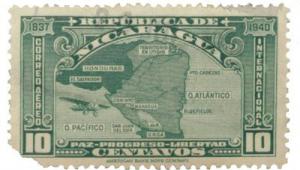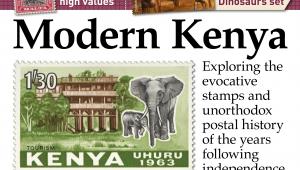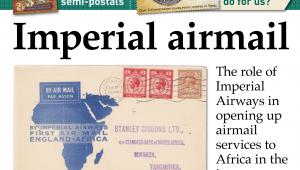Nicaragua: No smoke without fire

The first attempt to construct a navigable link between the Caribbean Sea and the Pacific Ocean, by the great French engineer Ferdinand de Lesseps in 1882, was stymied by landslides, malaria and yellow fever. Together, these caused the deaths of almost 22,000 workers in Panama.
When the United States took up the challenge, its Canal Commission initially recommended a different route, through Nicaragua. But one man thought this would present even greater dangers, from volcanic activity and earthquakes.
Philippe Bunau-Varilla, a French soldier and engineer who was a veteran of the de Lesseps project, was convinced that the terrain of Nicaragua was far too hostile for a canal, and set out to lobby the US Congress in favour of the Panama route.
It was a natural event that swung matters in his favour. In the spring of 1902, Nicaragua’s Mount Momotombo erupted, causing extensive destruction along the proposed course of the canal. The country’s government tried desperately to suppress details of this, but Bunau-Varilla was on the case.
His break came when he spotted on his correspondence a Nicaragua stamp from two years earlier. Prophetically, it depicted the mighty Momotombo crater, smoking angrily behind Lake Nicaragua.
From a stamp dealer in Washington, Bunau-Varilla purchased 90 copies of the design, which had been used on a set of 14 values from 1-centavo to 5-pesos. He mounted the stamps individually, below the caption ‘An official witness to volcanic activity in Nicaragua’, on sheets of paper which were posted individually to every US Senator. When voting took place the next day, it was 42 to 32 in favour of Panama over Nicaragua.
Then Bunau-Varilla journeyed to a New York stamp dealer, from whom he purchased 500 more copies of the stamp, to send to members of the House of Representatives. This time the result was a runaway victory for Panama, with only eight dissenting votes.
Work began in 1904, and in 10 years the most challenging engineering project in history had been completed. Thanks to the lobbying power of a simple postage stamp, we know it as the Panama Canal and not the Nicaragua Canal.













